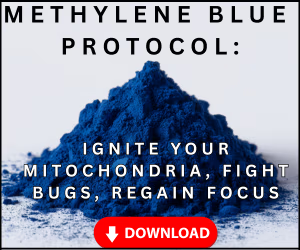Ever thought about a rollercoaster ride through your brain and the intriguing tales your lab reports tell? Fasten your seatbelt, as we’re about to demystify one such tale about a lab marker named C-reactive Protein. Ready for the ride? Let’s roll!
The Mysterious World of C-Reactive Protein
“What’s this C-reactive Protein you’re rambling about?” I hear you ask. To put it in simple terms, C-reactive Protein (CRP) is your body’s alarm bell, a “global inflammatory marker” in the medical jargon. When the CRP meter shoots up, it’s a clear warning that your body is in a state of widespread inflammation. Not a comfortable scenario, right?
And here’s the kicker, a batch of intriguing research articles indicate that a high CRP can lead to a malfunction in your blood-brain barrier. That sounds complicated, doesn’t it? Don’t sweat it, let’s break it down.
The blood-brain barrier, think of it as your brain’s personal bodyguard, preventing unwanted trespassers from entering your mental fortress. It’s a hard-working security detail for your precious grey matter. However, when your CRP levels are off the charts, this barrier can become “leaky”.
What happens next isn’t pretty. This leaky barrier allows inflammation to infiltrate your bloodstream, which, in the long haul, can wreak havoc on your brain. Imagine letting a bull loose in a china shop, that’s the kind of chaos we’re looking at.
From Theory to Practice: A Case Study in CRP Reduction
Don’t just take my word for it – let’s consider a real-life example. I have a client, let’s call her Jane, who had an initial CRP level of a staggering 224. That’s sky-high! But, with strategic interventions, we managed to lower this number to a more manageable 3.93.
The Remarkable Transformation Tale
What did this monumental drop in CRP mean for Jane? Her brain function improved. Her incessant brain fog cleared up. Her memory sharpened. In essence, she started functioning normally. Why? Because we brought down her inflammation levels. We decreased her CRP. And by doing so, we gave her blood-brain barrier a chance to repair and secure her brain.
Now, the kicker is that this crucial marker costs a mere $10 to test. Aren’t you worth $10 to know if your CRP is high? If you’ve found value in this content, don’t forget to like, comment, and share it with your loved ones. Knowledge is power, after all.
Frequently Asked Questions (FAQ)
High CRP indicates body-wide inflammation that can damage the blood-brain barrier, making it "leaky." This allows inflammatory substances into the brain, leading to brain fog, memory issues, and cognitive decline.
Yes. As shown in the case study, significantly lowering a high CRP level (from 224 to 3.93) allowed the blood-brain barrier to heal, resulting in clearer thinking, improved memory, and reduced brain fog.
A CRP test is a simple and inexpensive blood test (often around $10). You can request it from your healthcare provider to check your level of systemic inflammation.







